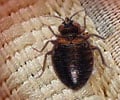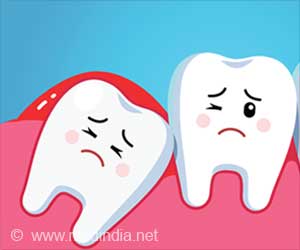Microbes from the human mouth provides insight into periodontitis.

The finding profiles the SR1 bacteria, a group of microbes present in many environments ranging from the mouth to deep within the Earth, that have never been cultivated in the laboratory.
Human oral SR1 bacteria are elevated in periodontitis, a disease marked by inflammation and infection of the ligaments and bones that support the teeth.
Scientists also found that the SR1 bacteria employ a unique genetic code in which the codon UGA - a sequence of nucleotides guiding protein synthesis-appears not to serve its normal role as a stop code. In fact, scientists found that UGA serves to introduce a glycine amino acid instead.
"This is like discovering that in a language you know well there is a dialect in which the word stop means go," said co-author Mircea Podar of the Department of Energy lab's Biosciences Division.
Podar and Dieter Soll of Yale University led the team that also included scientists from DOE's Joint Genome Institute who contributed to the analysis of the single-cell sequencing data.
Advertisement
"In the big pool of bacteria, genes can be exchanged between species and can contribute to increased antibiotic resistance or better adaptation to living in humans. Because SR1 has a change in its genetic alphabet, its genes will not function in other microbes," Podar said.
Advertisement
"So far, no one has been able to isolate and cultivate this type of bacterium," said Podar, who noted that there are bugs in our mouth that we have no clue about and, until now, this was one of them.
"The genetic information obtained by sequencing one single cell may offer researchers a key to 'domesticating' these organisms and studying them in the laboratory," the researcher added.
The finding was published in Proceedings of the National Academy of Sciences.
Source-ANI









